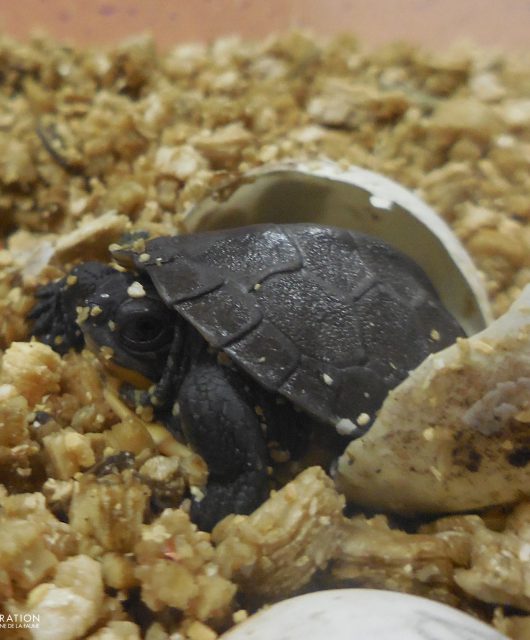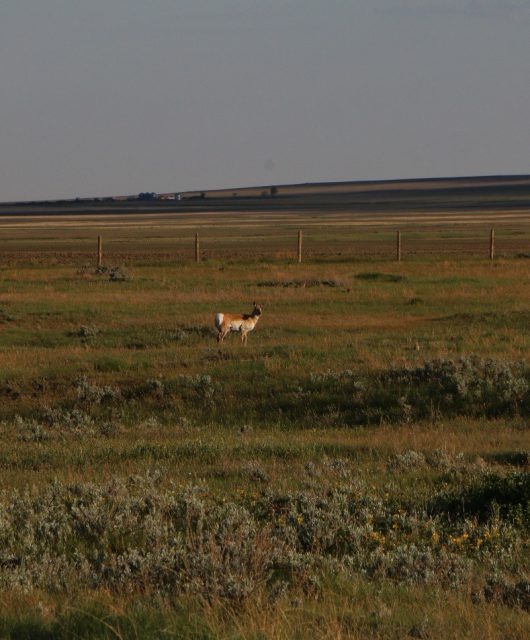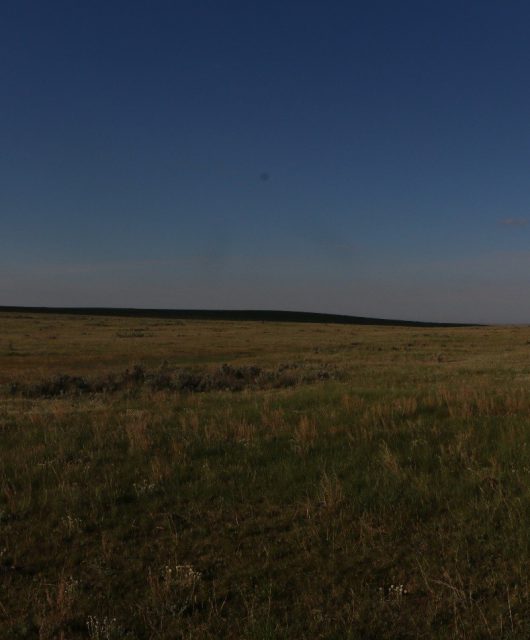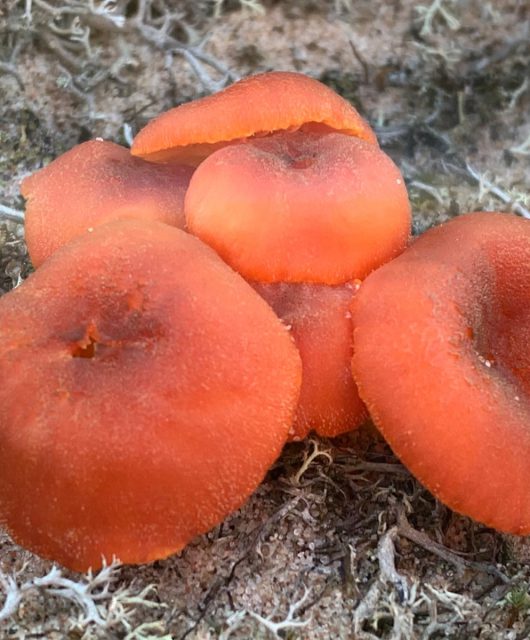Sometimes it’s the little things that reveal the big picture.
Consider a recent paper in Nature about how plants in the tundra, the coldest ecosystem in the world, are growing taller now as the climate warms.
What are the implications? Will the taller plants absorb more carbon dioxide from the atmosphere, offsetting some of the warming? Or will they help heat up the soil even more in the winter as they increase decomposition rates, releasing yet more of the massive amount of carbon the soil stores? So far, that’s unknown. What is known is there are massive changes afoot in an ecosystem that is warming more quickly than any other part of the planet. And with that comes a pressing need for the world’s species to adapt swiftly to new conditions if they are to survive.
Sometimes larger truths are made apparent by putting all sorts of little trends together into a sweeping analysis. Take the latest Living Planet Report from the World Wildlife Fund, published in October. Its authors looked at nearly 17,000 individual populations of animals with backbones — mammals, birds, fish, reptiles and amphibians. In all, that amounted to about 4,000 species. In just 44 years, from 1970 to 2014, their populations dropped in size by an average of 60 per cent.
Put another way, human activities have halved those populations — on average — in less than 50 years. In the densely biologically diverse South and Central America and the Caribbean, the average population drop is 89 per cent.
The mechanism? As the WWF puts it, it’s still mainly guns, nets and bulldozers. But now, it’s also heat, toxins and invasive creatures taking over.
That’s a lot of death. And it’s swift.
The International Union for Conservation of Nature, which compiles the Red List of endangered species, also came up with some new numbers in 2018. Of the 93,000 or so species it has assessed, more than 26,000 have populations so severely diminished that they are at risk of extinction. That’s more than a quarter.
Again, that’s a tremendous amount of death. Not only that, but today, 872 of the species we once shared the planet with have gone extinct, and another 1,700 are on the brink.
This matters because we know that sometimes, conditions on the planet spiral out of control; things change so swiftly that species don’t have the chance to adapt like the plants of the tundra are doing. The result: a mass extinction. That phenomenon has happened just five times over the 4.6 billion years that Earth has been here. The last one, 65 million years ago, killed off the dinosaurs.
So the great question is this: Does all the death that the Red List and the World Wildlife Fund are chronicling mean we are in the throes of the sixth mass extinction?
Paul R. Ehrlich says yes. Ehrlich is the Stanford University biologist who came to fame in the 1960s with his book The Population Bomb. Back then he predicted humans would overwhelm the Earth’s ability to support us. Only a technological revolution in agriculture could avert disaster. Now in his 80s, Ehrlich along with two co-authors has produced a new analysis. Human population numbers have kept growing exponentially. But in the process, we have wrought what he and his two co-authors call “biological annihilation.” Ehrlich says it’s not enough to look at which species are close to extinction: we need to look broadly at what has happened to different populations in the last century and what happened to their habitat.
Their analysis looked only at land-dwellers with backbones — terrestrial vertebrates. Even in species the Red List considers to be of least concern, they found high death rates: ranges have shrunk, some local populations have been wiped out, and remaining populations have seen sharp declines though they don’t yet rank as endangered. Ehrlich calls this “population decay.”
The point is that the planet is losing the exquisitely evolved networks that support life as a whole, and with it we are losing the planet’s collective genetic memory. And the question is, what if, as the planet changes so fast, species need that vanishing genetic information to survive?
Reprinted from Canadian Wildlife magazine. Get more information or subscribe now! Now on newsstands! Or, get your digital edition today!





1 comment
Some people just don’t get it .